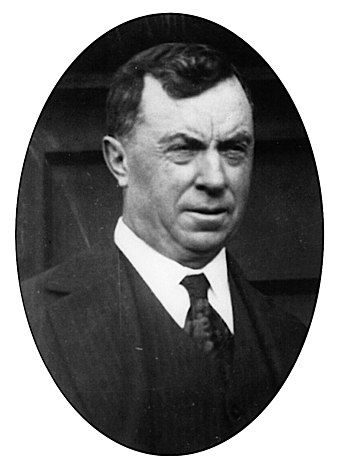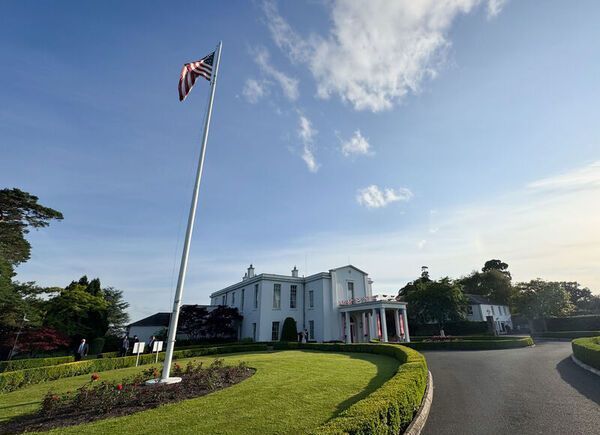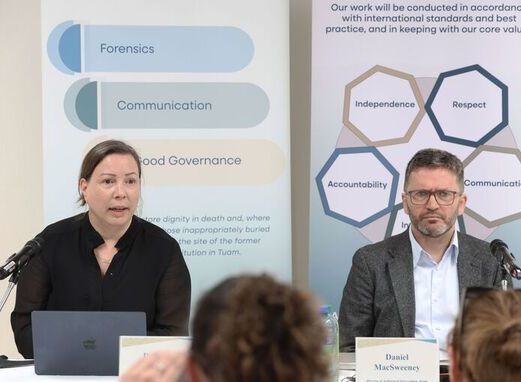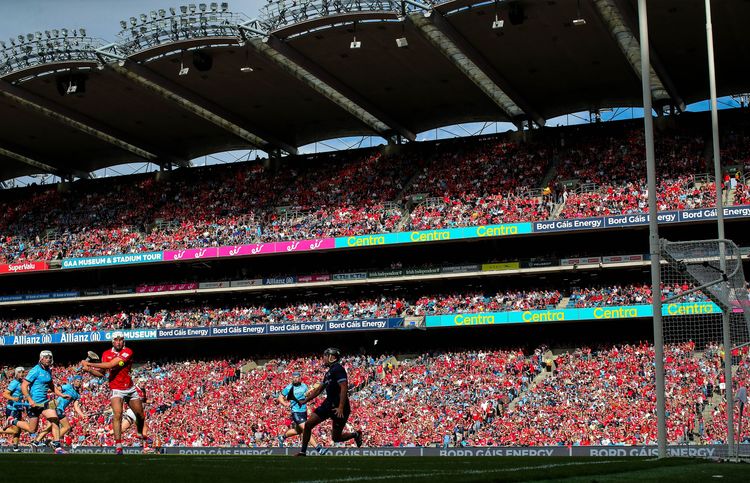Justice Daniel Cohalan (1865-1946) was a key figure in the Irish-American nationalist movement during the Irish revolutionary period. Cohalan was born in Middletown, N.Y., to parents who hailed from County Cork.
Appointed to the New York State Supreme Court bench in 1911, through his Tammany connections, he was nevertheless dedicated to the cause of Irish Republicanism. He was a close ally of John Devoy, the leader of the American-based Clan na Gael organization who had been a leading member of the Fenian movement in Ireland from his young adult years, and tried to enlist German support for the 1916 rebellion in Ireland. Just before the Rising, in March 1916, he and leading figures of the Clan such as Devoy and Joe McGarrity founded the Friends of Irish Freedom movement in New York. As one might expect, this movement aimed to assist the cause of Irish independence but it also sought to protect the interests of the Irish-American ethnic community, which still faced discrimination within American society.
By 1920, as the War of Independence raged in Ireland, the FOIF had become one of the largest Irish-American nationalist organizations in history numbering 100,000 regular members with an additional 175,000 affiliated members from other organizations such as the Ancient Order of Hibernians. Many members were second and third-generation Irish and the movement, unlike the more secretive Clan, was also open to women members.
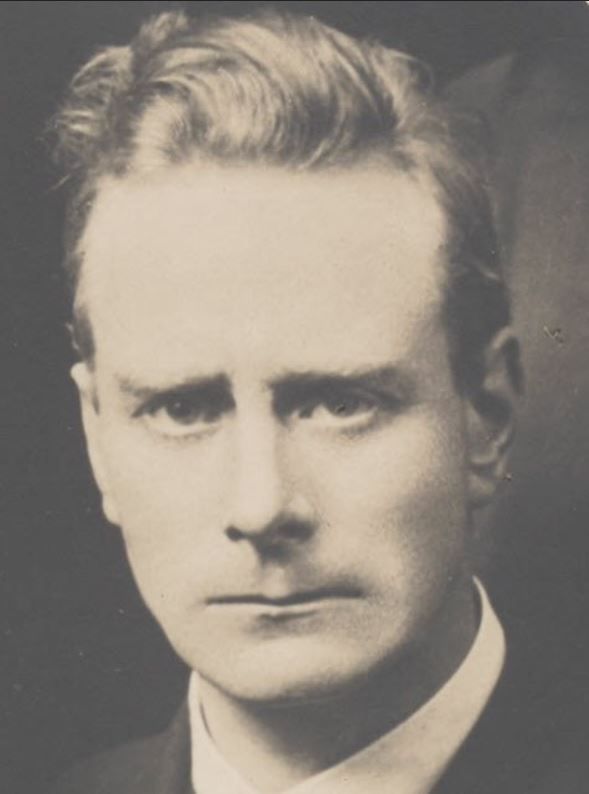
Liam Mellows worked for a time for John Devoy's Gaelic American, which later supported the repressive measures against Mellows's anti-Treaty side in the Civil War.
Cohalan supported the Treaty and the pro-Treaty side in the Civil War as did Devoy, leader of the Clan na Gael. In this context, their support for the Treaty and their vociferous opposition to the Republican Anti-Treaty side was surprising. Both men, like the Clan itself, had always upheld the cause of militant Irish republicanism in the United States. Of course, there were other key figures in the Irish American nationalist movement, such as Philadelphia Clan leader Joe McGarrity, who supported the anti-Treaty side in the Civil War.
In explaining the causes of the division in America over the Treaty, it is important to note that the Irish-American nationalist movement was already a deeply divided force by the time of the outbreak of the Irish Civil War in June 1922. A split in the American-based movement had taken place at the end of 1920 during Sinn Féin President Éamon de Valera’s 18-month “mission” to the United States. De Valera successfully raised funds of over $5 million for the Irish political and military struggle against Britain, but failed to achieve American recognition for the Irish Republic which had been proclaimed in the 1916 Rebellion.
The various causes of this dispute have been analyzed by historians but essentially de Valera, as President of Sinn Féin, felt that the American movement should be under Irish control. Meanwhile, Cohalan, argued that since he and his allies better understood American political conditions, the FOIF organization in the United States should be under Irish-American direction. Also, according to Cohalan, if the movement was seen to be under the direction of Ireland, this would undermine its effectiveness in American eyes and would play into nativist critics who argued that the Irish were not fully loyal to America but to a foreign leader.

Éamon de Valera in academic dress to receive an honorary degree from the College of the Holy Cross in Massachusetts in 1920.
De Valera had the support of Philadelphia Clan leader Joe McGarrity and the full backing of the Sinn Féin leadership in Dublin including Irish Republican Army leader Michael Collins. In April 1920, a few months before the split in America, Michael Collins issued a statement clarifying how Irish nationalists in Ireland viewed the Clan.
“… an organization of Irishmen, in whatever land they live, bound by the same obligations, drawing their inspiration from Ireland, and having the purely Irish aspect as the first object of their existence… In operation this would mean direction from Ireland on big issues…”
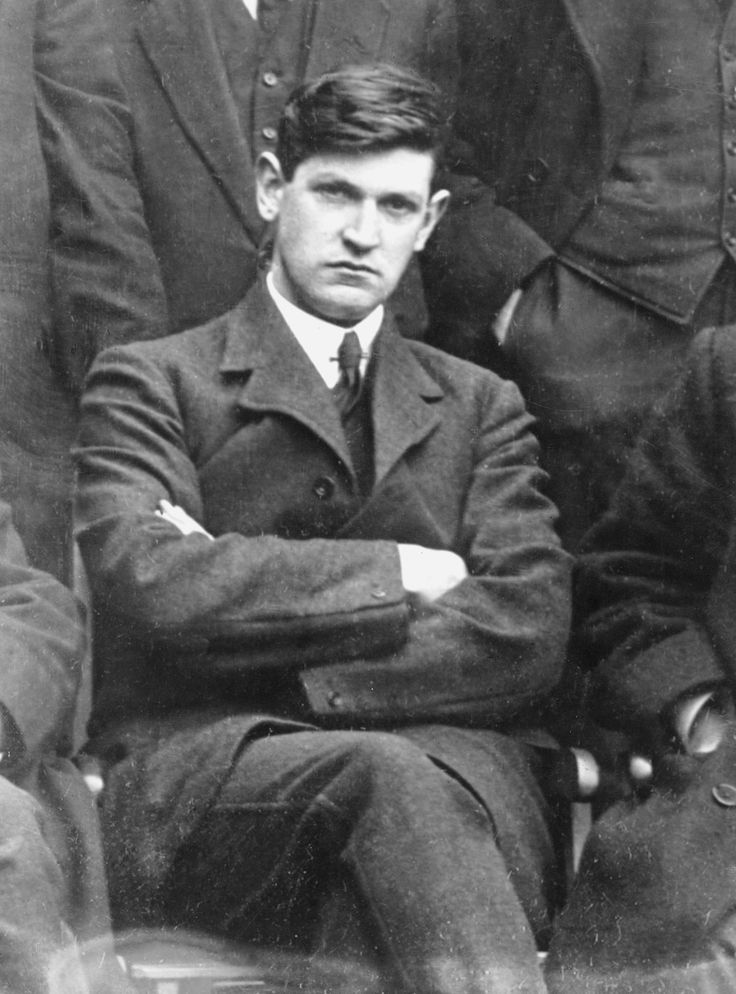
Michael Collins in 1920.
Following bitter public disagreements, the Irish-American movement split in October 1920. De Valera, with the support of Clan leader Joe McGarrity and others, notably Peter Golden of the Irish Progressive League, founded the American Association for the Recognition of the Irish Republic, AARIR. McGarrity also founded another Clan grouping called “Clan na Gael Reorganised” who pledged their support to de Valera. Many disaffected members of the FOIF transferred their allegiance to the AARIR though a lot of the senior officers of the FOIF remained with Cohalan. While, the FOIF remained in being with over 20,000 listed members in 1921, it was now a much weakened force by the time of the outbreak of the Irish Civil War.
At first glance, the earlier split within Irish-America mirrored the new Irish divide over the Treaty and Civil War. Many of those who supported Cohalan such as Clan leader and editor of the Gaelic American John Devoy, supported the Free State. Meanwhile, those who had backed de Valera in the previous dispute, such as Joe McGarrity and the Irish World newspaper, backed the anti-Treaty side. However, one can only take this comparison so far given that the nature of the dispute in the United States was very different from the conflict in Ireland.
The Friends of Irish Freedom had been initially critical of the terms of the Treaty but following acceptance by a majority in the Irish Dáil, in January 1922, it reluctantly supported the measure. The minutes of a meeting of the National Council of the FOIF in January stated:
“We as American citizens of Irish blood will do nothing to interfere with or obstruct any plans the result of which is to take the English army out of Ireland and put the powers of Government –limited and constricted though they be – into the hands of Irishmen.”
In a letter to Michael Collins in February 1922, Devoy wrote: “Although they remain Republicans, our best men, under existing conditions, favor giving the Free State a chance to do what it can for Ireland.” In contrast, the New York-based Irish World newspaper described the new Irish state as “the Freak State” and denounced Michael Collins and Arthur Griffith as traitors to the Irish Republic (May 20, 1922).
The key question remains, given the bitterness of the earlier dispute, was Cohalan and Devoy’s support for the Treaty influenced by the fact that de Valera opposed it? Certainly, there is some evidence for this. In the summer of 1922, Dennis McCullough, who was sent to the U.S. as a representative of the new Provisional Government, reported that Cohalan and Devoy’s support for the Treaty was:
… founded more on hate of de Valera than on love for those who are opposed to him – if de Valera was on the other side, they would be loudest against it – and because there is too large an element of selfishness in their purpose I would advise no direct affiliations with them from home for the present anyhow.
However, while their earlier conflict with de Valera was undoubtedly a factor in their support for the pro-Treaty side, there were other reasons. In the first instance, the Treaty had been approved by the Dáil and it also had the endorsement of business organizations, the Irish labor movement, the Irish Republican Brotherhood and the Catholic Church in Ireland. This support for the Treaty also extended to the Catholic Church in America.
Both Cohalan and Devoy also represented the majority of American opinion on the Treaty, which even Harry Boland, de Valera’s assistant in America, recognized. In a debate on the Treaty in the Dáil, on Jan. 7, 1922, Boland admitted that: ‘the great public opinion of America is on the side of this treaty” and he recognized that the American press had adopted a “unanimous attitude in favor of it.”
When in the June 1922 general election, the pro-Treaty side gained an overall majority of seats in the Dáil, Devoy’s Gaelic American (July 8, 1922) gloated at de Valera’s defeat but warned, in a reference to the recent Civil War in Mexico, that “routed in elections he seeks by Mexican methods to overcome the decision of the people by force.”
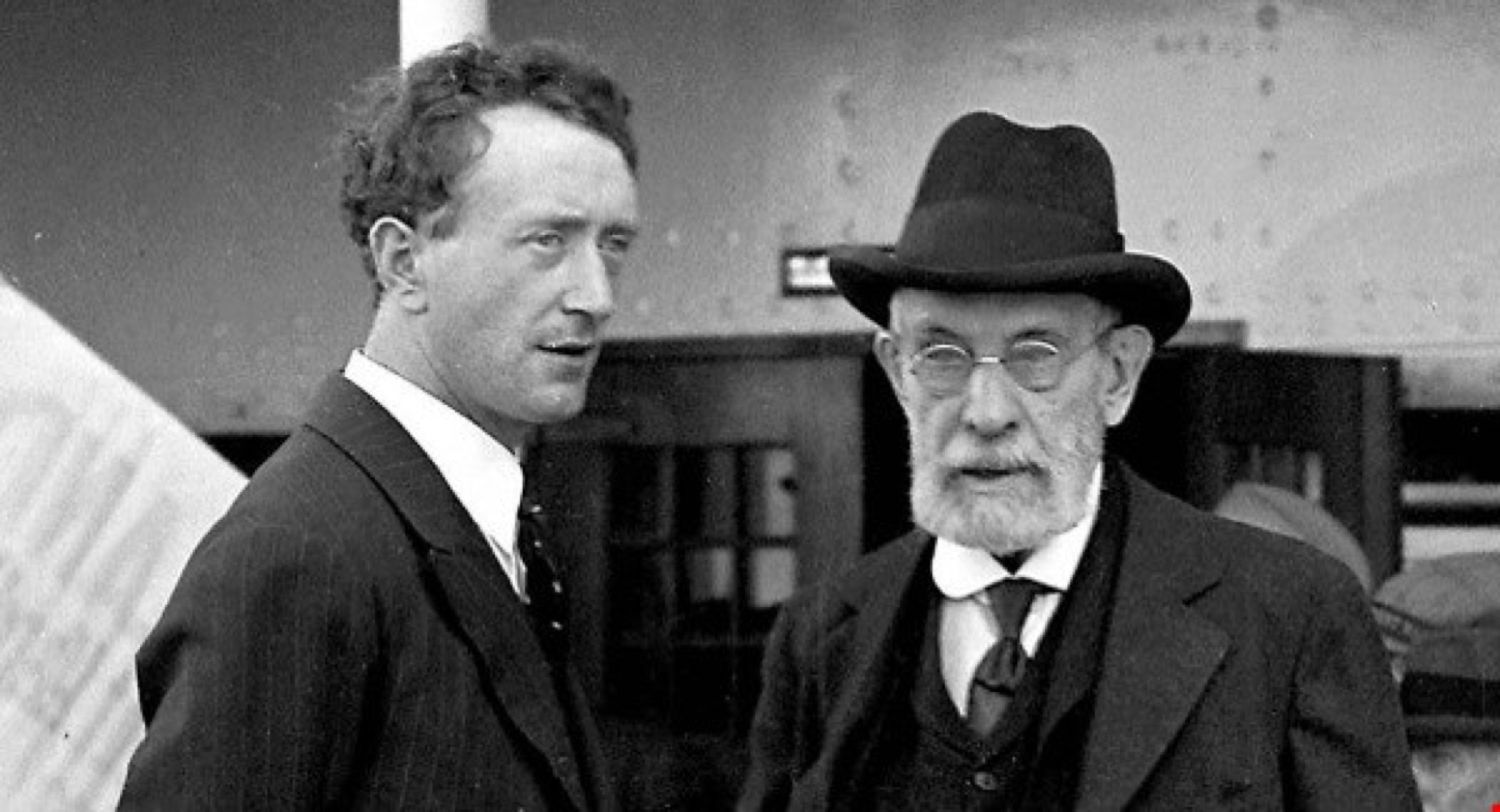
Irish Minister for External Affairs Desmond Fitzgerald, right, greeted Irish-American leader John Devoy upon his arrival at Cobh, Co. Cork, in 1924.
Following the general election, divisions of the Treaty spilled over into open hostilities between erstwhile comrades who had only a few months previously been fighting together against Crown forces. Most Irish-Americans supported the Treaty and were appalled and bewildered by the conflict. When the war started, the majority adopted a neutral approach. Other leading Irish figures in the United States such as Diarmuid Lynch, the National Secretary of the FOIF, and James E. “Red” Murray, for a time president of the AARIR, tried to bring about a reconciliation between the two sides in the Civil War but to no avail.
While most Irish-Americans, irrespective of their position on the Treaty, chose to take a neutral stance towards the Civil War, this was not the case with Cohalan and Devoy. The Gaelic American was unrelenting in its support for the pro-treaty side. After the killing of Seán Hales, a pro-Treaty member of the Dáil, the newspaper supported the reprisal executions of four captured anti-Treaty prisoners who had nothing to do with the murder of Hales. The executed men included Liam Mellows, who had spent several years in New York and had worked closely with Devoy on the staff of the Gaelic American.
Under a headline, “Executions to protect Nation’s Life,” the Gaelic American (Dec. 30, 1922) explained that such actions were “vital to the existence of the nation” in response to “a definite plan to decapitate the nation by extermination of the Government and Parliament.” Cohalan and Devoy blamed de Valera for the conflict not realizing that once the shooting commenced, the leadership of the Anti-Treaty side rested with military commanders such as General Liam Lynch.
Following the death of Michael Collins in an ambush by anti-Treaty “irregulars” at Béal na Bláth in West Cork, Cohalan wrote a moving tribute to Collins for Pearsons’ Magazine (September 1922), an American journal:
“Shot down in his early 30s at the very moment of victory he has left behind him an inheritance that will steady and stabilize his people and make them with iron resolution put out the last fitful flashes of that flame of insensate fury with which the malignant vanity of de Valera has scourged a long-suffering people.”
Not surprisingly, Cohalan and Devoy welcomed the victory of the pro-Treaty side in the Civil War. However, the conclusion of hostilities and the fading of Ireland from American newspaper headlines convinced many Americans that the Irish question had finally been settled. In an interview with the Cork Examiner in 1926, Cohalan commented on how Ireland had “completely disappeared from the newspapers and in a large way from the public thought of America.” Of course, the Civil War was not forgotten in Ireland and the bitter legacy of the conflict would cast a long shadow over independent Ireland for many decades to come.
Michael Doorley is a Dublin-based historian who has written on the Irish experience in the United States. He is the author of “Irish American Diaspora Nationalism: The Friends of Irish Freedom, 1916—1935” (2005), (Paperback edition 2021) and his last major work, “Justice Daniel Cohalan, 1865-1946: American patriot and Irish-American nationalist,” is published by Cork University Press (2019).

